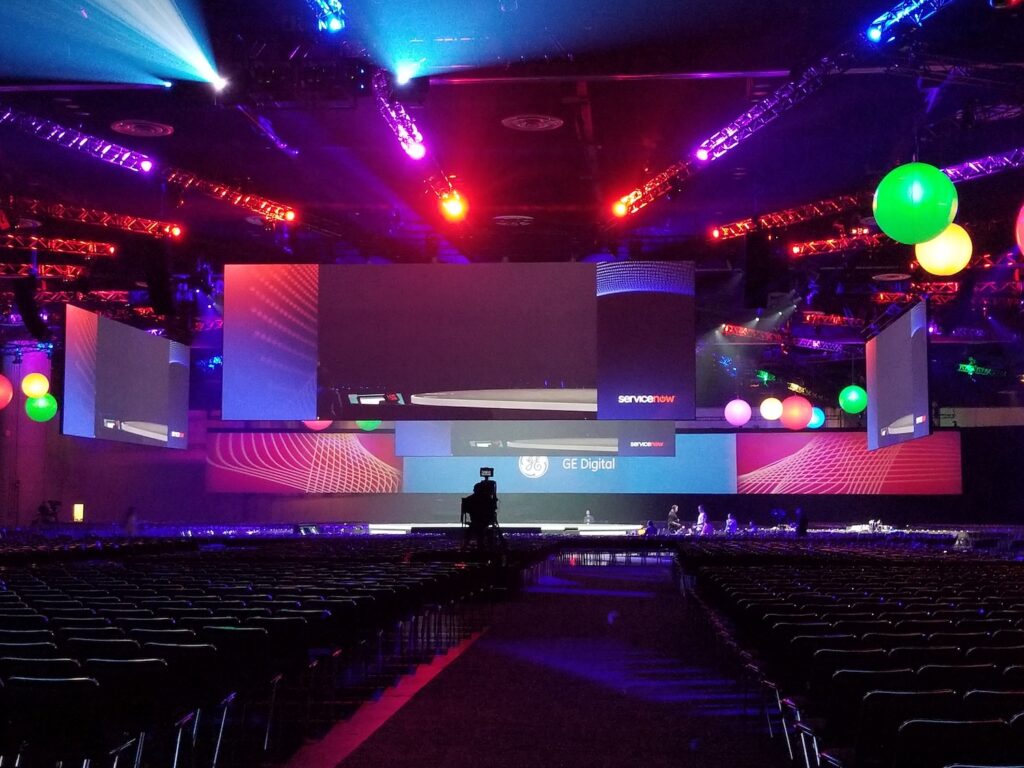Learning Tips To Purchase the Ideal Surveillance Setup to Meet Your Security Requirements
Learning Tips To Purchase the Ideal Surveillance Setup to Meet Your Security Requirements
Blog Article
As it comes to guaranteeing safety and security, selecting the right CCTV system is crucial. Closed-circuit video (CCTV) systems are widely used for monitoring in various settings, including residences, companies, and community spaces. These setups assist observe actions, discourage criminal activity, and provide valuable proof in the event of occurrences. Comprehending the various elements and characteristics of CCTV systems can help people and organizations make knowledgeable decisions that best meet their security needs.
One of the first considerations when choosing a CCTV system is the kind of cameras needed. There are several varieties of devices on the market, including dome cameras, bullet cameras, and PTZ (pan-tilt-zoom) cameras. Bulb cameras are often employed for indoor surveillance due to their discreet design, while bullet cameras are more noticeable and are generally employed externally. PTZ cameras offer the ability to magnify in on particular locations and can be operated remotely. Evaluating the specific environment and the locations that require monitoring will help determine which type of camera is best appropriate.
Another important factor to consider is the clarity of the cameras. Increased resolution devices provide sharper images, which can be essential for recognizing people or details in a setting. Common clarities include basic definition (SD), elevated resolution (HD), and ultra-high resolution (UHD). While higher clarity cameras may arrive at a higher price, they can significantly enhance the efficacy of a surveillance setup. It is also crucial Discover More to consider the illumination conditions in the location being observed, as some cameras are better suited to handle low-light conditions than others.
Recording choices are also a key component of CCTV setups. Footage footage can consume up a significant amount of space, so it is crucial to choose a system with sufficient storage capacity. Many systems offer online options, which allows for off-site retrieval to footage and can offer extra security in the event of burglary or damage to the tangible device. Alternatively, local options, such as electronic footage recorders (DVRs) or internet footage recorders (NVRs), can be employed. Comprehending the storage requirements based on the quantity of cameras and the desired holding duration for footage is crucial for effective surveillance.
Lastly, the installation and upkeep of the CCTV setup should not be ignored. Expert setup can guarantee that cameras are positioned in ideal spots for best coverage. Additionally, regular maintenance is essential to keep the system functioning properly. This entails inspecting device angles, wiping lenses, and making sure that programs is up to date. Some systems also provide off-site monitoring capabilities, allowing users to access live recordings from their mobile devices or computers. This capability can provide peace of mind and improve the overall efficacy of the security system.
In conclusion, selecting the ideal CCTV system involves careful consideration of multiple factors, including camera types, clarity, capacity choices, and setup. By understanding these components, individuals and organizations can select a setup that efficiently meets their security requirements. A thoughtfully designed CCTV system not only assists discourage criminal activity but also provides valuable evidence when needed, rendering it an important expenditure for safety and security.